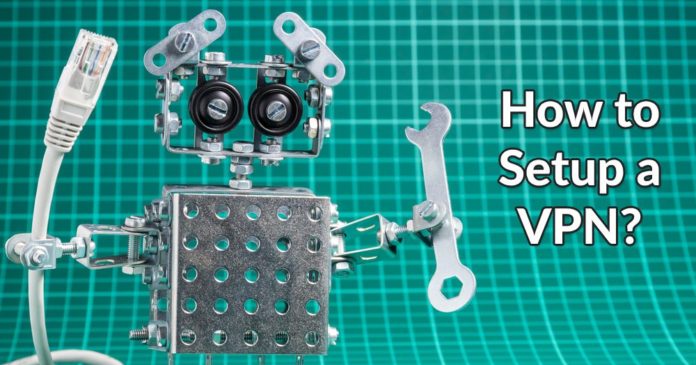
Here’s another question we get asked a lot – how to set up a VPN? Typically, small businesses ask us this but there are also individuals who would like to have secured access to their home network from anywhere.
Generally speaking, there are two ways you can set up a VPN – either “do it yourself” or by using an off-the-shelf solution. Let’s briefly go through both ways, shall we?
Solution #1: Do it yourself
The first solution is to do it yourself. This implies setting up a server that is running either Linux or Windows Server. Usually, this is something sysadmins are doing though with so many tutorials available online, one could relatively quickly figure out how to do it — presuming he/she is tech-savvy enough.
However, you will need a Windows Server license — which is rather expensive — or a good knowledge of Linux in order to set this up. Furthermore, while this is a one-time setup process, you will still need to have those servers updated with the latest software (bug) fixes at all times. So some maintenance is required.
Setting up your own VPN is good for companies that already have a server on-premise. For those that don’t have such setup, the second option makes more sense…
Solution #2: Get an off-the-shelf VPN
This is not just the easier way to set up a VPN but, arguably, also better. The reason for this is simple — by getting an off-the-shelf VPN, you buy the service from companies whose main product is your connection’s security. Their entire existence centers around that — and if they fail, they’ll be out of business.
In contrast, in most small businesses there is a single person that is responsible for administrating the server(s), security and other IT tasks. What happens when that person leaves the company or just goes on a vacation and you have an emergency?
With their per-person, per-month pricing – professional services also offer an easier and more cost-effective way to start using a VPN. Furthermore, with their network of servers spread around the world – they also allow you to access some geo-restricted services while traveling to other countries.
Plus there are other benefits that go beyond the scope of this article. The main thing to know is that there is a money-back guarantee window — typically 30 days — which you could use to test out any VPN and decide whether it’s working for you or not. Start by going through our list of Best of the Best VPNs and take it from there. We are confident you will find the one that fits your needs there. 😉
